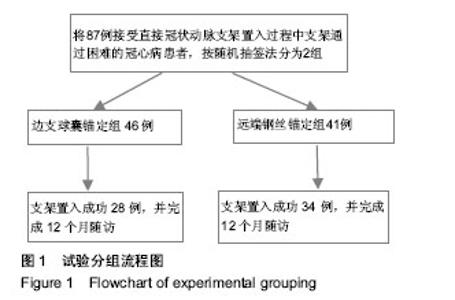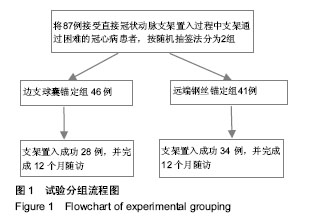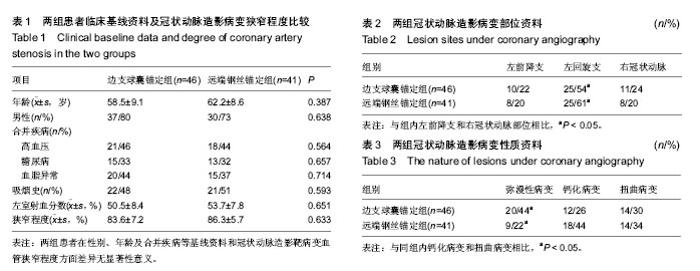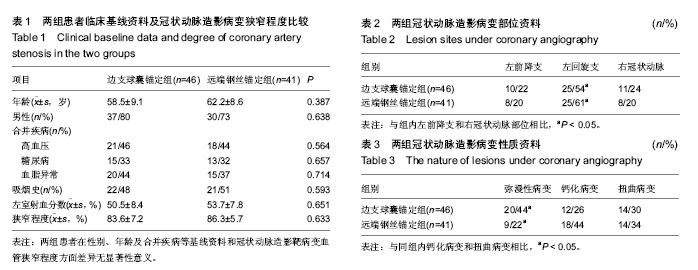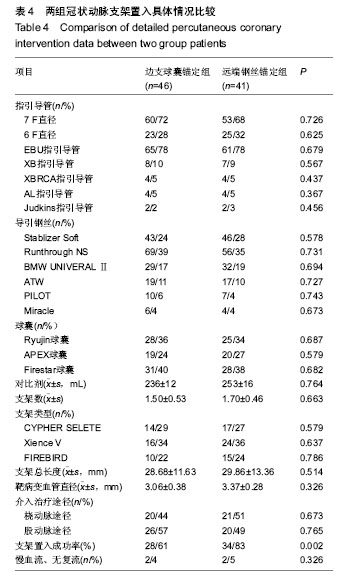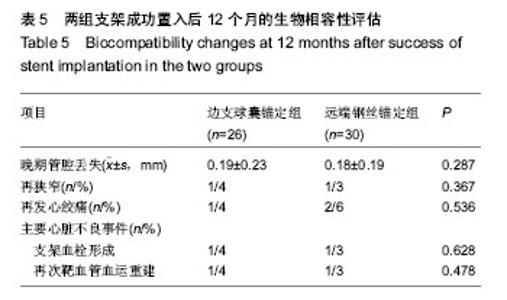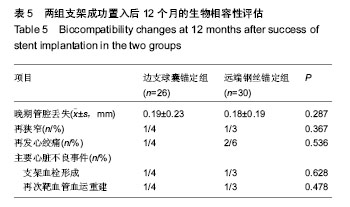| [1] Karbassi A,Kassaian SE,Poorhosseini H,et al.Selective versus Exclusive Use of Drug-Eluting Stents in Treating Multivessel Coronary Artery Disease: A Real-World Cohort Study.Tex Heart Inst J.2014;41(5):477-483.
[2] Fujita S,Tamai H,Kyo E,et al.New technique for superior guiding catheter support during advancement of a balloon in coronary angioplasty: The anchor technique. Catheter Cardiovasc Interv.2003;59:482-488.
[3] Di Mario C,Ramasami N.Techniques to enhance guide catheter support.Catheter Cardiovasc Interv.2008;72: 505-512.
[4] Hirokami M,Saito S,Muto H.Anchoring technique to improve guiding catheter support in coronary angioplasty of chronic total occlusions. Catheter Cardiovasc Interv. 2006;67: 366-371.
[5] Hamood H,Makhoul N,Grenadir E,et al.Anchor wire technique improves device deliverability during PCI of CTOs and other complex subsets. Acute Card Care 2006;8:139-142.
[6] Cuneo A,Tebbe U.The management of chronic total coronary occlusions.Minerva Cardioangiol.2008;56(5):527-41.
[7] 马长生.冠心病介入治疗-技术与策略[M].北京:人民卫生出版社, 2005:584-585.
[8] Ikari Y,Tanabe K.Diagnosis and intervention for calcified coronary arteryd isease-roleof multi-slice CT. ClinCalcium. 2005;15(7):143-148.
[9] MaranoR,BonomoL.Coronary artery calcium score: has anything changed.Radiol Med.2007;112(7):949-958.
[10] Lohavanichbutr K,Webb JG, Carere RG,et al.Mechanisms, management, and outcome of failure of delivery of coronary stents.Am J Cardiol.1999;83:779-781.
[11] Cantor WJ,Lazzam C,Cohen EA,et al. Failed coronary stent deployment.Am Heart J.1998;136:945-947.
[12] Aeby G,Surmely JF,Togni M,et al.A modified technique of balloon anchoring for tricky stent delivery.EuroIntervention. 2013;8(9):1099-1102.
[13] Mahmood A,Banerjee S,Brilakis ES,et al. Applications of the distal anchoring technique in coronary and peripheral interventions. J Invasive Cardiol. 2011;23:289-292.
[14] Pervaiz MH,Laham RJ.Distal anchoring technique: yet another weapon for successful intervention. J Invasive Cardiol. 2011;23(7):295-296.
[15] Kawaguchi R,Tsurugaya H,Hoshizaki H,et al.Impact of lesion calcification on clinical and angiographic outcome after sirolimus-eluting stent implantation in real-world patients. Cardiovasc Revasc Med. 2008;9(1):2-8. |
